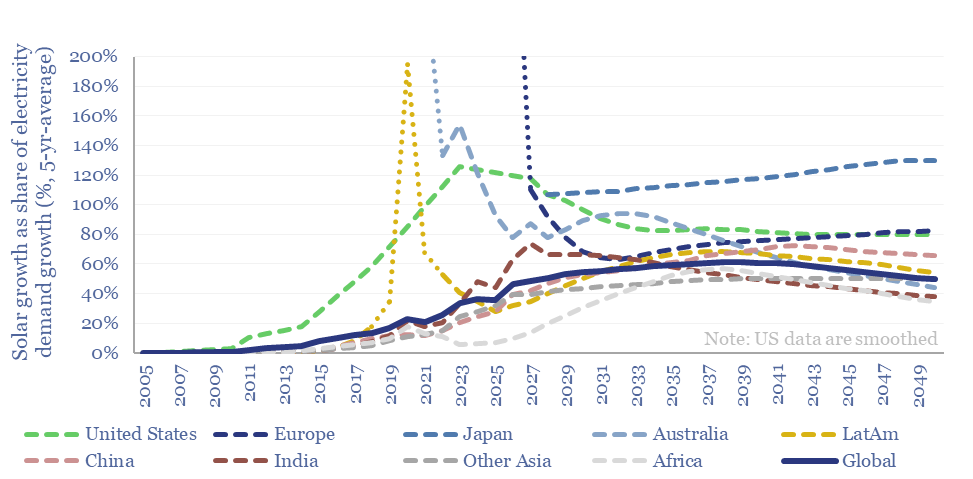
…is the LCOE of constructing new solar versus the LCOE of constructing new wind, hydro, nuclear, gas, coal, biomass, diesel gensets and geothermal (as discussed on page 3). However, when solar growth starts exceeding total electricity demand growth,…
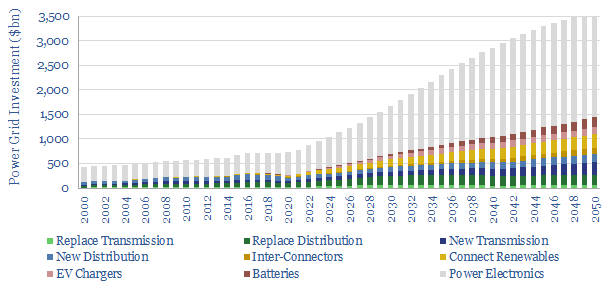
…comes from stress testing IRR models of wind, offshore wind, solar, hydro, nuclear, gas CCGTs, gas peakers, coal, biomass, diesel gensets and geothermal. And from 400-years of energy history. The…
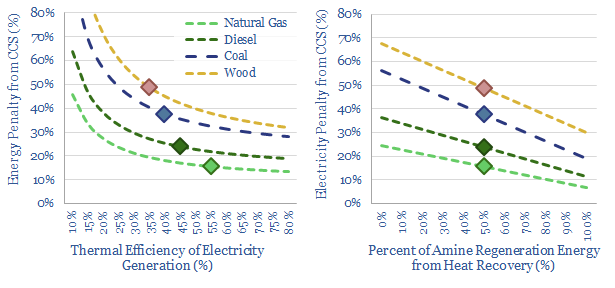
A thermal power plant converts 35-45% of the chemical energy in coal, biomass or pellets into electrical energy. So what happens to the other 55-65%? Accessing this waste heat can…

…batteries, flow batteries, thermal batteries, SSBs, heat pumps, fusion, geothermal, CCS, DAC, blue hydrogen, green hydrogen, electrofuels, biofuels, landfill gas, biomass, biochar, nature. https://thundersaidenergy.com/2023/11/16/renewable-heavy-grids-dividing-the-pie/ Energy efficiency technologies from first principles: EROEI, electric…
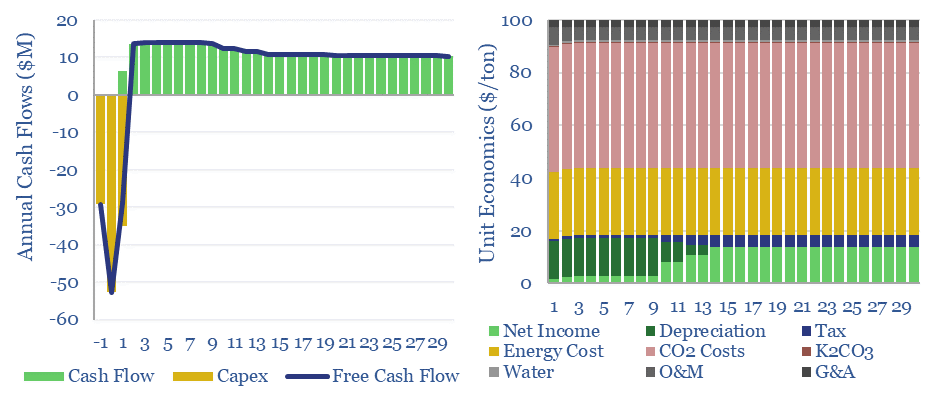
…This may be particularly helpful when the combustion source is burning waste, biomass/BECCS or cement plants. The disadvantage of potassium carbonate CCS is that the reaction between CO2 and K2CO3…
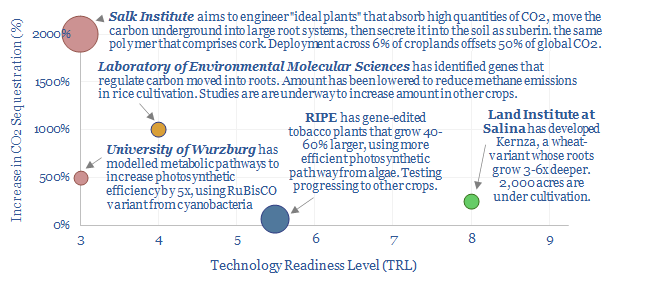
…cropland requirements will be helpful. https://thundersaidenergy.com/downloads/room-for-reforestation-a-database-of-global-land-use/ Sequestering more of the CO2. 50-95% of the carbon that is stored in natural eco-systems is not stored in biomass above ground, but in…
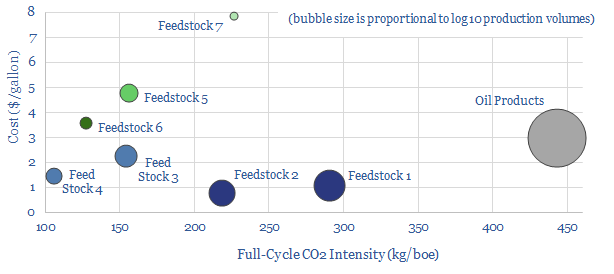
This data-file provides an overview of the 3.5Mbpd global biofuels industry, across its main components: corn ethanol, sugarcane ethanol, vegetable oils, palm oil, waste oils (renewable diesel), cellulosic biomass, algal…
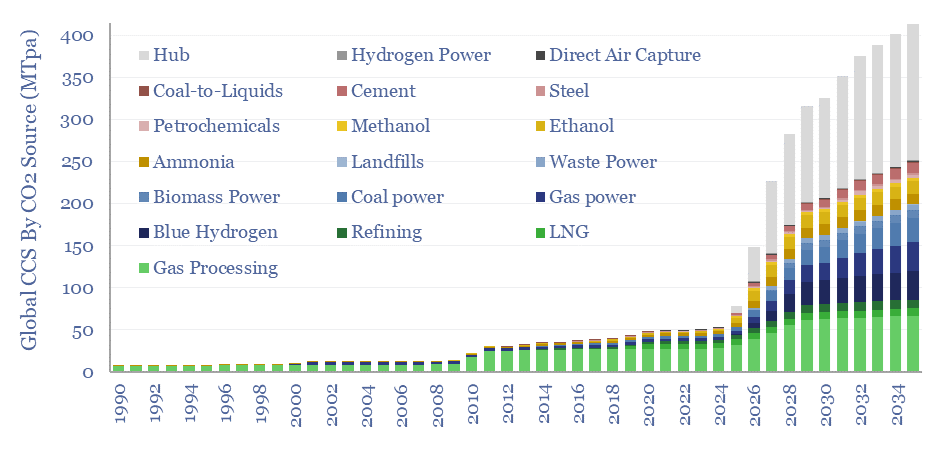
…(8%), coal (7%), biomass (2%) and waste (1%). For more details, see our overview of CCS energy penalties. For further analysis, this is the category where we are most interested…
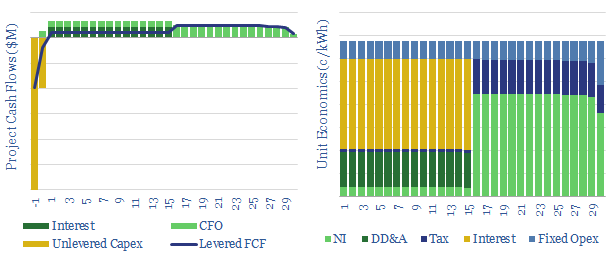
…efficiency doubling over the next decade, which will help to drive continued solar deflation. We also have models covering the levelized costs of wind, hydro, nuclear, gas, coal, biomass, diesel…
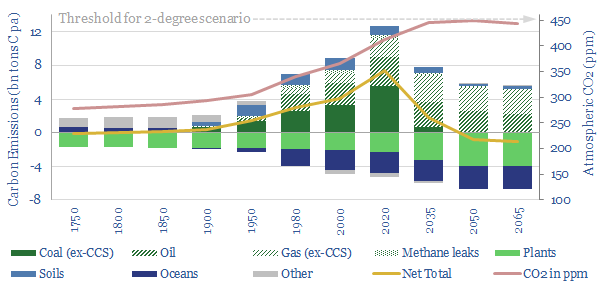
…CO2 offsets can be uplifted to 15-25T per acre per year via planting faster-growing grasses, and then burying the biomass (data here). This would save 8x more CO2 per acre than…










